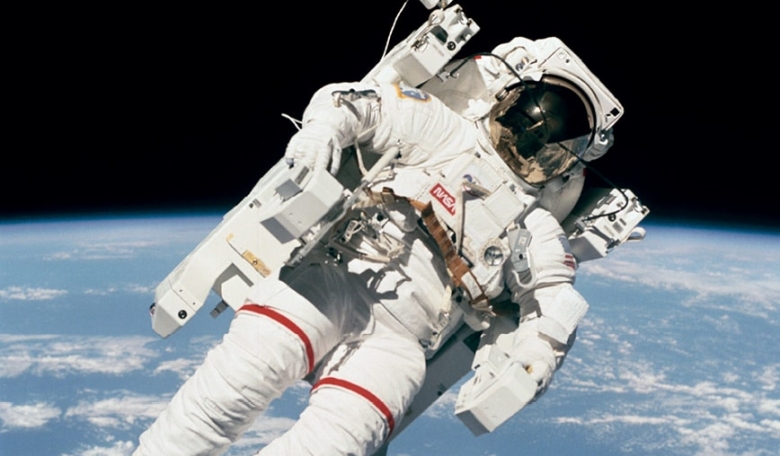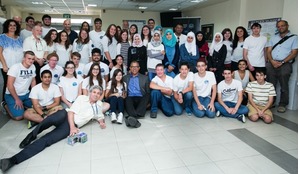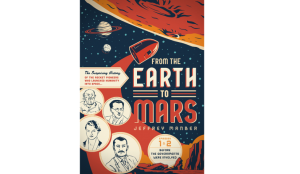Pioneering American astronaut Bruce McCandless II, who died as 2017 drew to a close, made the world’s first untethered spacewalk 34 years ago. He is the subject of one of the most famous images of the Space Age but his time as an astronaut encompassed much more than that mission, including serving as the Mission Control communicator for Neil Armstrong and Buzz Aldrin’s moonwalk on the Apollo 11 mission in 1969 and helping to deploy the Hubble Space Telescope as a mission specialist on the STS-31 mission in 1990. Author and NASA historian Ken MacTaggart looks back at the astronaut’s career and his historic free-flying spacewalk.
Bruce McCandless II made the first untethered spacewalk in history. Photographed by his crewmate Robert ‘Hoot’ Gibson through the window of the Space Shuttle Challenger, the iconic image of McCandless’ white space-suited figure floating free above the Earth’s curved horizon against a black sky, has been reproduced on everything from books and advertisements to ice cream wrappers and album covers.
On his daring mission, McCandless test-flew the Manned Maneuvring Unit (MMU) jet-powered backpack on its first outing, propelling himself out to a distance of about 300 feet. He was in effect a separate satellite from the Shuttle, trailing in its wake as they both orbited 170 miles above the Earth at 17,400 miles per hour. He and his fellow spacewalker Robert Stewart, who flew the MMU later in the flight, earned the nicknames of the comic-book heroes Buck Rogers and Flash Gordon from their Shuttle crewmates.














